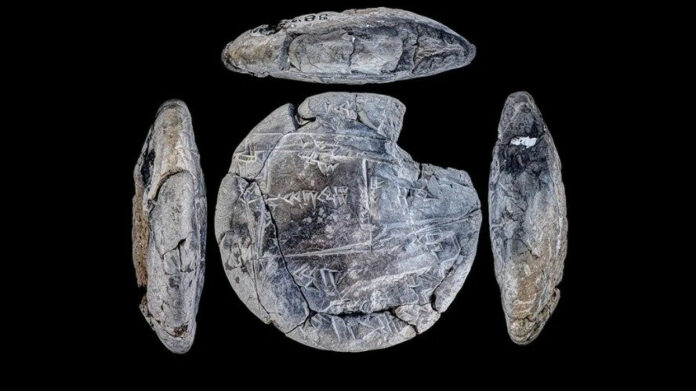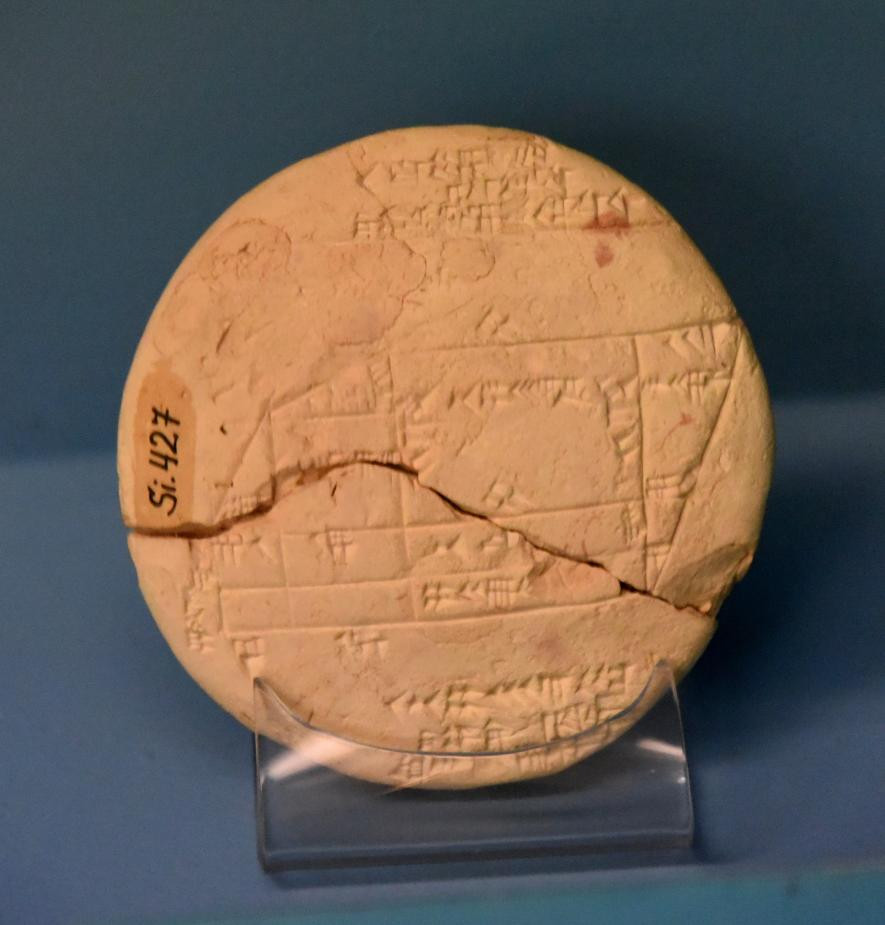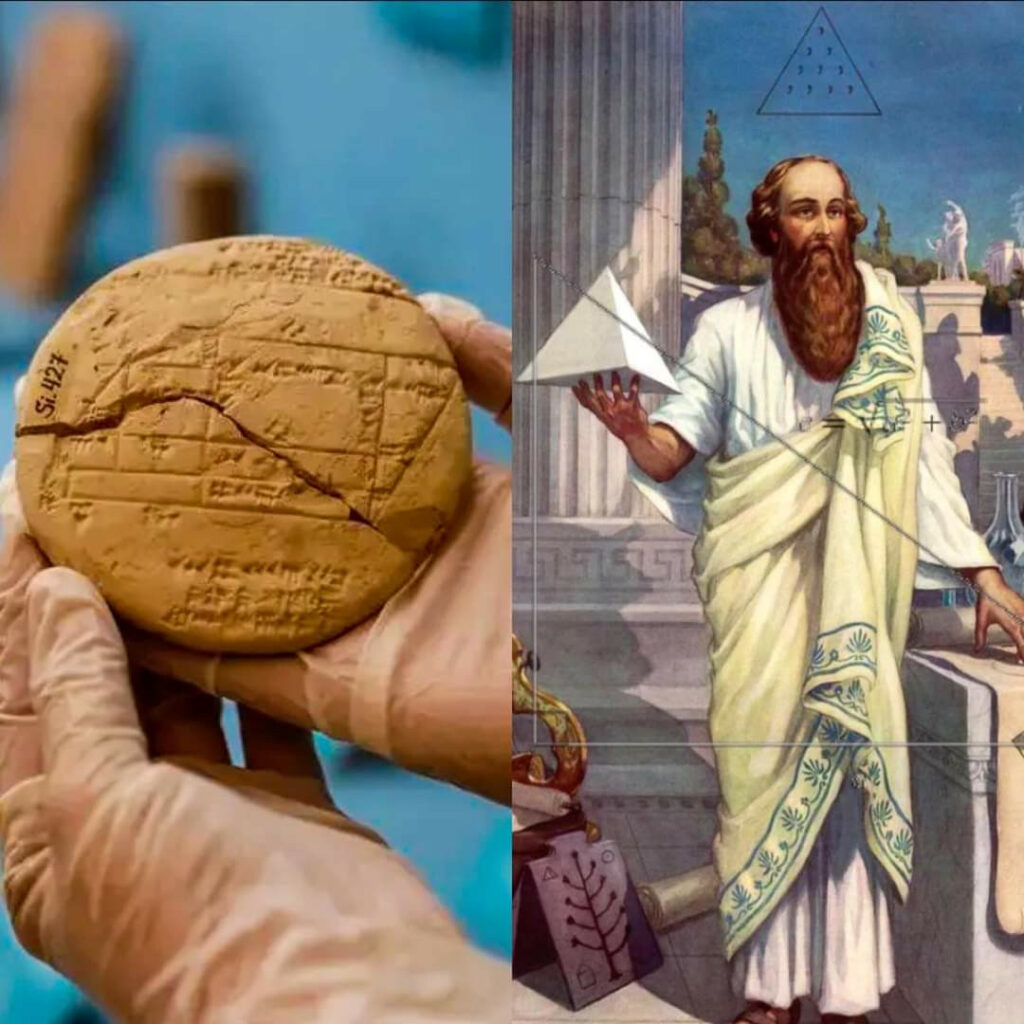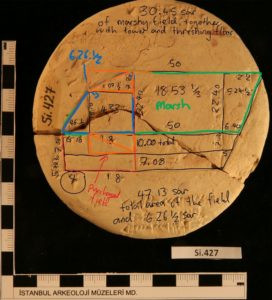A 4,000-Year-Old Mathematical Breakthrough
A remarkable clay tablet from ancient Babylon is reshaping our understanding of mathematical history. Known as Si.427, this artifact—preserved in the Archaeological Museum of Istanbul—proves that the Babylonians had mastered geometric principles and Pythagorean triples long before Pythagoras himself.

The Surveyor’s Mathematical Mastery
Carved nearly 4,000 years ago, Si.427 was likely the work of a Babylonian surveyor meticulously dividing land. The tablet’s inscriptions reveal calculations using advanced trigonometric concepts and Pythagorean triples such as 3-4-5, 8-15-17, and 5-12-13—fundamental ratios for right-angled triangles.

This discovery was decoded by Daniel Mansfield, a mathematician at the University of New South Wales, who identified it as the oldest known application of practical geometry. The Babylonians’ ability to measure and divide land with precision challenges the long-held belief that Greek mathematicians were the first to develop systematic geometry.
Precision in Practice: A Revolutionary Find
Unlike abstract Greek mathematics, Babylonian geometry was deeply practical. The engravings on Si.427 suggest that the surveyor recorded calculations directly onto the tablet while working the land, ensuring accurate rectangular divisions.

One particularly fascinating mystery remains: a sexagesimal number, 25:29, appears on the tablet without a clear explanation. Scholars are still investigating whether this represents an additional calculation step or a unique land measurement, adding another layer of intrigue to this already groundbreaking find.
Rewriting the History of Mathematics
The discovery of Si.427 underscores the scientific sophistication of ancient Mesopotamian civilizations. While Pythagoras is credited with formalizing his famous theorem in the 6th century BCE, this Babylonian artifact proves that the concept was already in practical use more than a thousand years earlier.

By shedding light on an often-overlooked chapter of mathematical history, Si.427 forces us to rethink how knowledge was developed and transmitted across ancient cultures. As further discoveries emerge, we may continue to uncover hidden mathematical achievements that challenge long-standing historical narratives.

